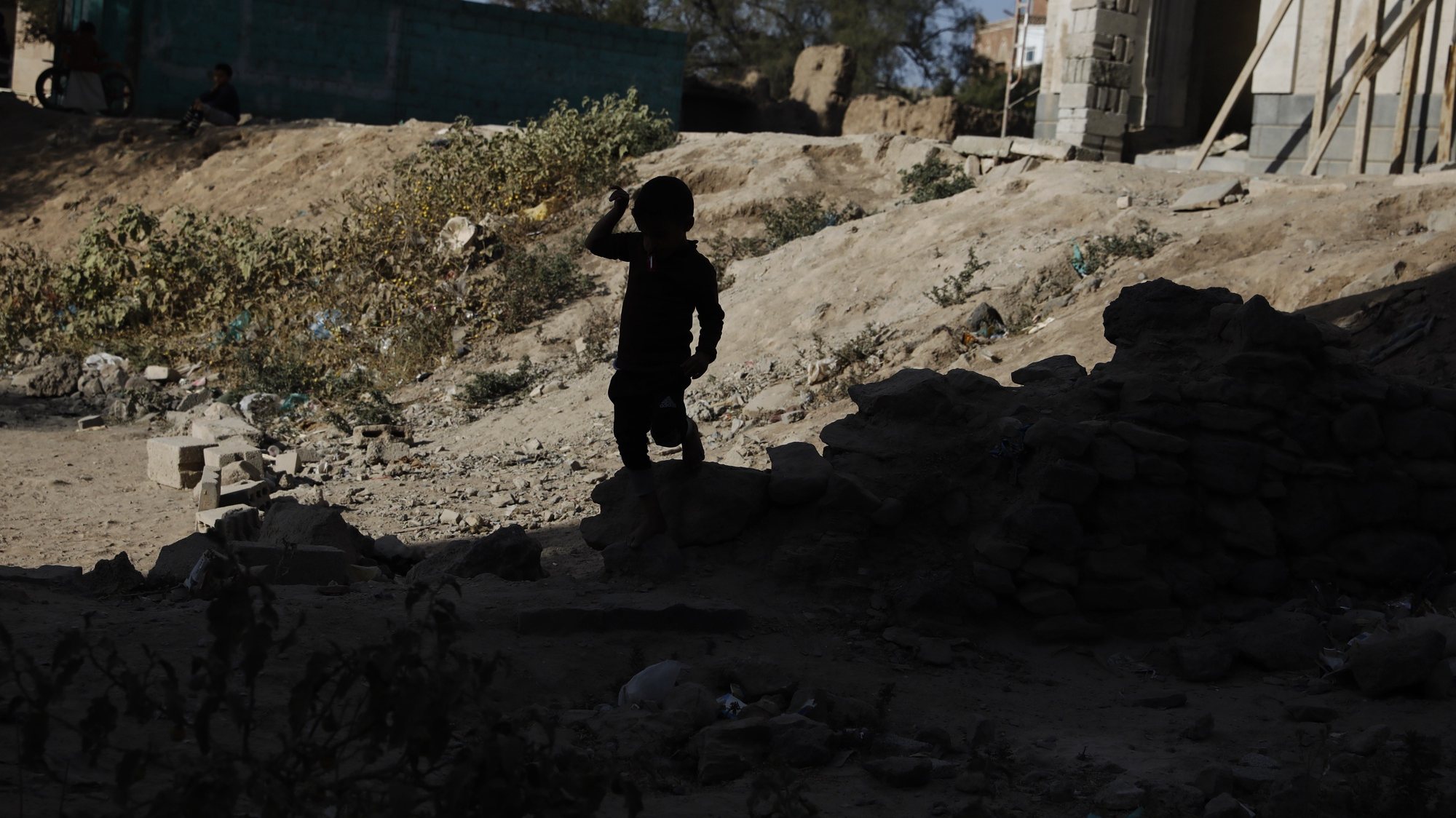The number of children who currently need humanitarian aid is the highest since World War II, Unicef warned this Friday, which announced the eleven places in the world that most need support in 2023.
In a post shared this day on its official website, the United Nations Children’s Fund (UNICEF) warns that “today, there are more children in need of humanitarian aid than at any time since World War II (1939-1945). )” .
“Around the world, children and their families face a deadly mix of crisis, conflict and displacement, disease outbreaks and rising rates of malnutrition. However, climate change exacerbates these crises and triggers others,” the text reads.
In the publication, UNICEF shares the list of eleven places “that need more attention and support in 2023”.
They are: South Sudan, Yemen, Haiti, Democratic Republic of the Congo, Pakistan, Burkina Faso, Myanmar, Palestine, Bangladesh, Syria and Kenya.
In South Sudan, “unprecedented floods have had a devastating impact on families”, with “crops destroyed, pastures submerged and people forced from their homes”.
In Yemen, where civil war has raged for eight years, “the systems that families depend on remain on the verge of total collapse.” Unicef recalls that, in that country, “more than eleven thousand children have been killed or maimed since 2015, as conflicts, mass displacements and climatic shocks recurring events have left more than two million children severely malnourished and struggling to survive.”
In Haiti, a cholera outbreak this year has become “another risk to the health of children and their lives,” coupled with “political turmoil, civil unrest and gang violence, crippling poverty and natural disasters”.
The “escalation of the armed conflict” and the “recurring outbreaks of deadly diseases” affect “millions of children” in the Democratic Republic of the Congo, a country with “the second largest number of internally displaced persons in the world”.
In Pakistan, “months after the floods that devastated the country, vast areas of cultivation and villages remain submerged.” “About eight million people are still exposed to flooding or live near flooded areas. Many families still live in makeshift tents along the roads or near the rubble of their homes, often in the open, next to polluted and stagnant water,” warns UNICEF.
In Burkina Faso there are 1.7 million internally displaced persons, 60% of whom are children. “Political fragility, the impacts of climate change, and the economic and health crises contributed to this displacement.”
In Myanmar there are, according to Unicef, 5.6 million children in need of humanitarian aid. Armed conflicts in Myanmar began in 1948, the year that country gained independence from the United Kingdom. This year, “theAttacks on schools and hospitals continued at alarming levelss, and serious violations of children’s rights have been denounced”.
In Palestine, children “continue to face a protracted protection crisis and continued occupation,” with around a million needing humanitarian assistance.
Bangladesh hosts “hundreds of thousands of Rohingya refugees” who have fled”of extreme violence in Myanmar“.
“Although basic services have been provided in the camps, children still face disease outbreaks, malnutrition and other risks such as exploitation and violence,” reports UNICEF.
In Syria, “more than a decade of humanitarian crises and conflict have left children facing one of the world’s most complex emergencies.”
kenya facesThe worst drought in 40 years“. “Without water, crops cannot grow and animals and livestock die. The loss of nutritious food, combined with poor sanitation, has left hundreds of thousands of children in need of treatment for wasting.
Source: Observadora
